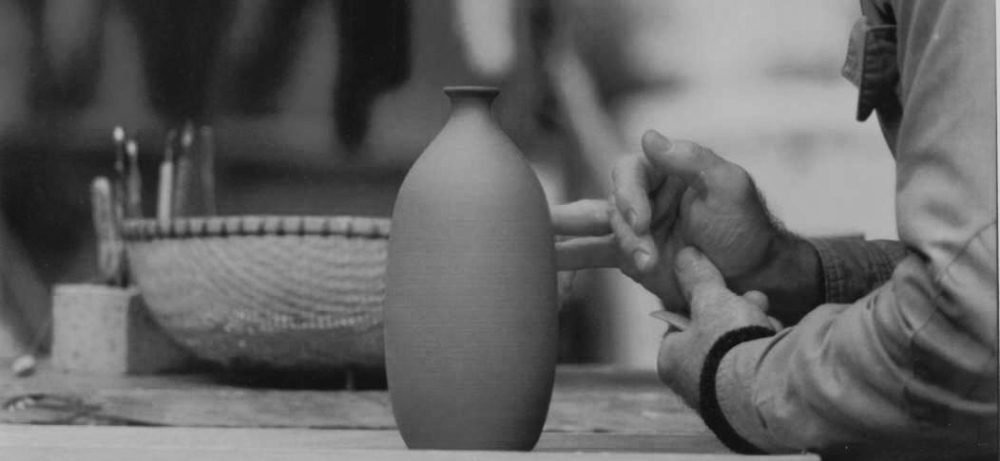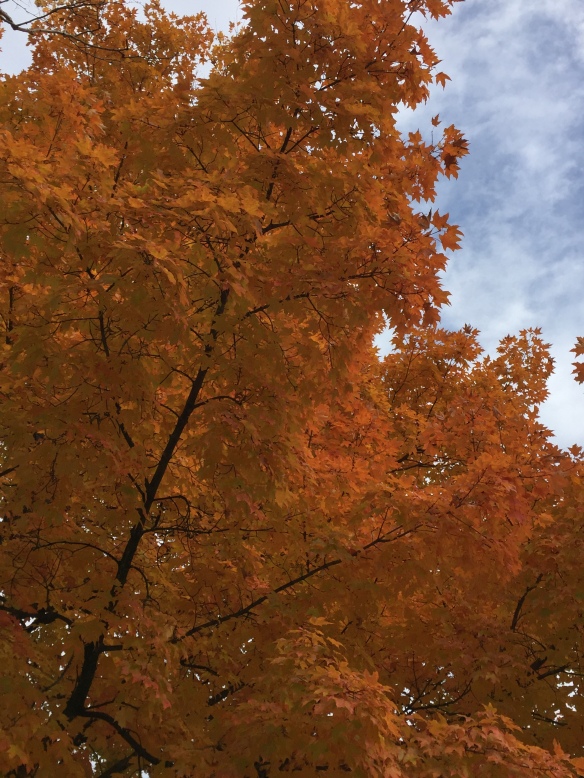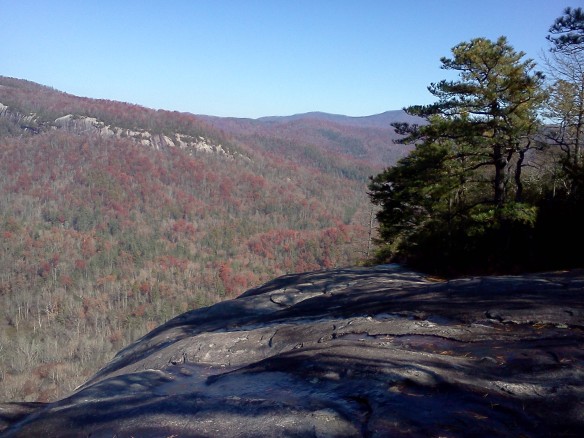In the 5thgrade I wrote an essay entitled, The Therapy of Work. I suppose the commitment to do my part in influencing our places of work to be more animated with love, abundance, and freedom goes back a few years. Many years later my Mom gave me a box packed with artwork I had done through my growing years. In the box was the composition.
As I set out to write an essay on Love, I had every intention of letting the words find me, lead me actually, and guide me deep into self where I know love began for me. And that the words did. Surprisingly however, I found myself back again reflecting from the experience of this work I do, and in full truth, from the varying forms of work I’ve known for more years than I care to state. That 5th grade essay on work as therapy was either some form of youthful wisdom, or a cultural voice preparing me for life to come. It is most likely both.
Curse or Course?
I remember a time, when my journey with occupational activity was not going so well, when I developed a theology about work based on Adam and Eve being expelled from the Garden of Eden. I determined, in relation to Adam, that work was the curse cast upon me; that this was the way it was supposed to be, and would remain so.
I certainly did not start out with this mindset, as when I was around 13 years of age I sold toys in the days before Christmas at the store my grandmother managed, or when at that age I ran my own lawn care service in my hometown. I don’t remember when I began to come out of the curse mindset, but I’m sure my evolving belief was driven by the survival instinct of soul. Why would anyone live under a curse when there was an option for freedom? Was it a choice between pessimism and optimism? Or was it a decision to act consciously and live within my own Trueness?
Thankfully yes, it was a choice in the forward course of optimism. And while unconscious and unaware at first, it was an outward decision to live within Trueness. But when composing an essay on Love, why did I write about work?
As a child I was very introverted, a combination of personality traits and chronic asthma limiting my exposure in the larger world. I spent a large quantity of time alone entertaining myself. Later offering my services of yard maintenance to neighbors began to teach me disciplined interaction with others as I built those working relationships. Then working at my grandmother’s store, selling to those shopping for children, opened me to a different form of relational transaction. It seems that maybe that essay in the 5th grade was not done with me.
And then there’s the challenge with love; the one that tells us how easy it is to love those who love us, who are easy to love. And that love is at its truest when we also love those who do not necessarily return love, or who at first, biased look don’t seem lovable. So maybe in my youth, work was a more open space for learning in this challenging course of love broadened.
Purpose and Work
Work is not just about a job; a set of responsibilities for which one is compensated from monetary resources. If one allows, it is a classroom of university proportions, providing the environment for learning and the field for application and tangible practice.
Later in my journey with work, as my accountabilities began to include direct leadership of others, I developed a theology to drive my methodology with which I would offer and provide an environment of optimism and forward progress. I would tell my people that, considering a normal full-time workweek in the U.S., and at least a bit of commute, we spend nearly two-thirds of our waking life at this thing called work. And because of this, I would ensure an environment supportive of individual fulfillment in the work and expect each one to take advantage of the consequent, personal opportunities.
Besides the fact that not everyone may feel it, I believe everyone needs to know purpose in the work. From my experience working with individuals to shed conscious light on core values, I’ve seen two basic camps when it comes to the value of purpose. There are those who when clear on vision and/or direction bring a natural propensity of purpose to the process of work before them. Then there are those who have an innate drive to more fully understand purpose as the motivation for any action. I warm at the fire of the latter.
“The modern world, with its prodigious growth of complexity, weighs incomparably more heavily upon the shoulders of our generation than did the ancient world upon the shoulders of our forebears. Have you never felt that this added load needs to be compensated for by an added passion, a new sense of purpose? To my mind, this is what is “providentially” arising to sustain our courage−the hope, the belief that some immense fulfillment lies ahead of us.” −Pierre Teilhard de Chardin
Work: A Laboratory for Love
In the essay on Love I talked about the message I was about to send some of the individuals I’ve been privileged to work with through the last 17 years. I’m well into that process and hearing back from some of them as I write this essay. In each message I shared my hope of impact, that each one with whom I’ve worked has felt the power of desire and intent, their own desire and intent as a leader and what I have desired and intended for them from the beginning: that each one embrace the power of who they are as they lovingly lead others to their own authentic confidence, while acting on their own Trueness. And I certainly want to believe that my mission, to work with leaders like them for the sake of more love and abundance in the workplace, has helped them to make their impact.
Here is part of a response from one of the message recipients:
“When I put [him] in charge of his team, he asked me what he needed to succeed. I told him to work hard, to be disciplined and to bring passion to his work. I also told him to respect his people and to love his people. If he did that, I told him, your people will walk through fire for you. As I look back over my career and my life, I see that inherent truth with blinding clarity.” −Steve
Through the years, my evolved belief about work, and love for a work and love in the work, may be my own personal brand of optimism; a protective position pulling me out of the dark valleys and grounding me at the peaks, keeping me safe from the cliff edge of hubris. This I know; developing love in a work, seeing purpose in the energy expended, and learning what it looks like to love those with whom I’ve worked, has sustained and held me for many years.
So when writing the essay on Love, why did my words gravitate to the work experience? I’ve experienced great love throughout my personal life, knowing unconditional love from so many wonderful spirits. I entered the realm of work knowing the grace of what it means to be loved, and the enthusiasm from within that feeds on such graceful love. From early on then, I wanted to learn my place in the work world; learning to stand confidently in the bright blend of purpose and love. Through a purposeful, and then passionate, approach to work, I knew others simply needed my love.
Notes:
Teilhard de Chardin, Pierre.. The Future of Man. New York: Image Books-Doubleday, 1964.







